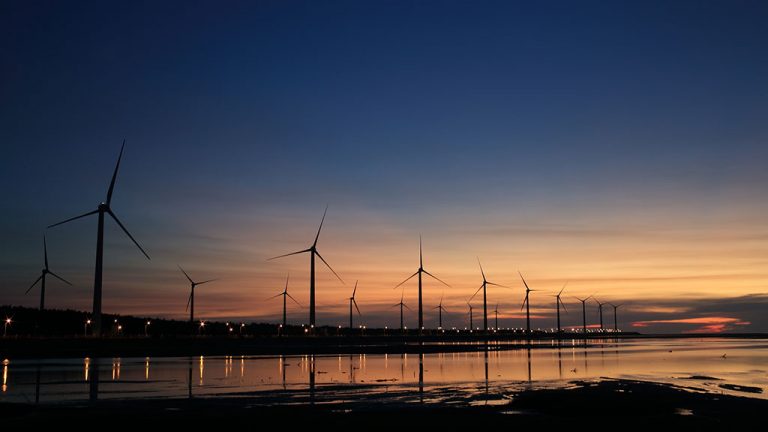Although it is not breaking any speed records, New Brunswick’s economy appears to be firing on most of its cylinders as it approaches 2018. This appraisal is qualified by the fact that over the past twelve months, the province has lost 3,000 jobs on account of a 6,500 drop in part-time hiring that has been only partly offset by a 3,100 rise in full-time jobs. Further, firms in the private sector have shed 10,500 workers, significantly outweighing a 6,700 increase in hiring by firms in the public sector.
However, despite this drop in total employment, the province’s unemployment rate has trended lower from a high of 10.1% in June 2016 to its present (September 2017) level of 7.8%. Consistent with this decline in the unemployment rate, a significant number of respondents to the CFIB small business survey have reported a shortage of skilled labour. Also, Statistics Canada reported that the province’s job vacancy rate increased from 2% in the first quarter to 3% in the second quarter, its highest value since the second quarter of 2015.
Sustained moderately strong growth in the U.S., the market for 90% of the province’s exports, is largely responsible for causing New Brunswick’s total exports to increase by 11.2% year to date. Much of this rise was the result of a price-induced increase in the value of petroleum and petroleum-related products and to a lesser extent, stronger foreign sales of fresh and frozen fish and potatoes.
This strength in external demand has been accompanied by solid gains in all three major components of domestic demand. First and foremost, consumer spending reflected by retail sales has shown significant strength over the past six months.
Despite a brief retreat in June, sales in the province are up by 9.4% y/y in July. This is the second largest year-over-year increase among the ten provinces. Second, fuelled by a combination of very low interest rates and sustained positive net in-migration, and despite the weak pattern of total employment, sales of existing homes are up by 11% year to date primarily due to strength in Moncton (+22%) and Saint John (+8.0%).
Against this background of stronger demand, housing starts in the first nine months are up by 22.4% due to a combination of a 14.9% increase in singles and a 27% rise in multiples. Given this solid year-to-date gain, we expect starts to total in the range of 2,000 to 2,200 units in 2017 and between 1,800 and 2,000 units in 2018 following on the heels of 2016’s 1,800-unit performance.
Year-to-date non-residential construction in the province has also exhibited significant strength as a result of solid gains in commercial (+44%), institutional (+23.7%) and industrial (+10%). Major projects currently underway include the final phase of upgrades to the J.D. Irving Pulp Mill and the Moncton Entertainment Centre
Prior to the announcement of its cancellation by TransCanada Pipelines on October 5, the Energy East Pipeline, with a projected value of $3 billion (direct spending in New Brunswick), was by far the brightest light on the province’s otherwise rather bleak economic horizon. Based on research undertaken by the Conference Board in Canada and by the Atlantic Provinces Economic Council, this project would have created between 3,000 and 6,000 construction jobs in New Brunswick, equivalent to 22.1% of the province’s construction employment.
Looking ahead to 2018, there is no doubt that the cancellation of the Energy East Pipeline has cast a pall over New Brunswick’s economic prospects. The gloom is exacerbated by the cloud of uncertainty hanging over the outlook for New Brunswick’s exports of lumber in the wake of the U.S. tariff on Canadian softwood product and the modest expected gains in mining exploration.
This rather somber view is reinforced by the most recent CFIB Business Barometer which exhibited a very sharp 6.9 percentagepoint drop in September to its lowest value since December of 2016.









Recent Comments
comments for this post are closed